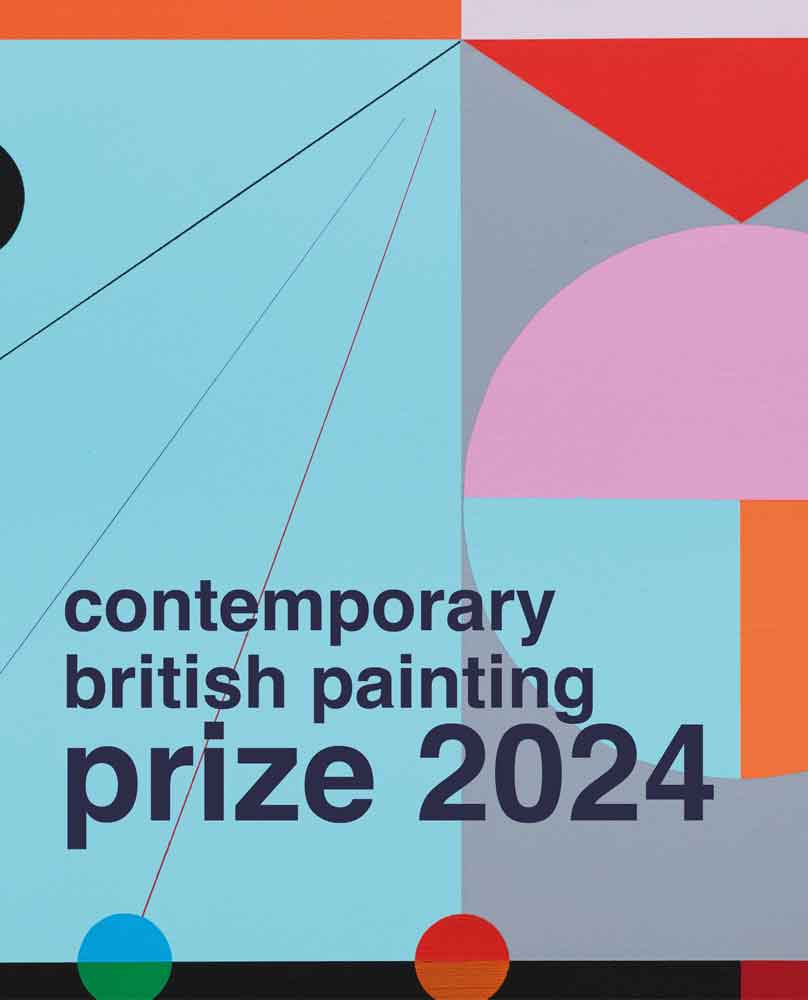Supernature
Supernature brings together five painters who make paintings that could be considered, in part, a contemplation of mankind’s relationship with nature, calling into question what we actually mean when we talk about ‘nature’. In an age where this relationship appears fractured, alienated and volatile, is it even possible for painting to respond?
Paul Smith’s paintings involve processes that he describes as an “exploration of lost places capturing a moment of abandonment” and “localities on the verge of returning to unofficial wildness in dialogue with found material”. Using photographic sources, combined with painterly concerns which he says has “informed a broader turn in my works to consider layerings and cuttings: the process of collage by which territory is shaped into landscape by human action”. The resulting paintings often have an austere melancholy about them, seeming to acknowledge human presence in the landscape without actual depiction.
Rachel Lancaster has described her practice as “focussed on painting and its intersections with the languages of cinema, music, and photography.” Her source materials deriving from ‘Stills’ from found moving imagery, photographs from her own archive, alongside drawings based on imagery from her mind’s eye are selected from, edited and then translated into oil paintings.’ We see fragments of nature, cinematic details that have already been through a lens, before making their way into painterly depictions. A process she describes as ‘drawing out the uncanny and the potential psychological charge within the source imagery. Resulting in paintings that “play upon the latent ‘otherness’ and dreamlike qualities often found in cinema”.
The paintings of Paula MacArthur enter a world of natural forms as icons. Depictions of crystals and jewels, each source image singled out and explored in an individual painting, which she describes as “explorations of colour and light, a response to Dutch 17th Century Pronkstilleven painting – ostentatious still life”. These motifs glow from the centre of the image, in which the artist says she intends to “lure us in and quietly invite us to investigate the multifaceted associations we bring to these treasures”. The beauty in these images is intertwined with a darker presence, which seems to allude to man’s commodification of nature.
Susan Absolon’s paintings reference landscape and motifs that can’t always be pinned down with certainty. She describes her work as “coming out of a process that combines personal narrative with unrelated political narrative, or with poetic or visual stimuli. Through their merger and the serendipity of paint, the narratives and motifs turn into a new, unintended thing with a less dependable reality.” There is an internal logic in the language of these paintings that leads from subject matter to the content of her work.
Joe Packer describes his paintings as “invented landscapes with a psychological element”, and says he is “trying to evoke the memory of a place” whilst at the same time, “imagery and form evolve through making processes that are not preplanned or prescriptive”. The consequent paintings visually function in a self-contained way, with a kind of inner life of their own. For him “the paintings occupy a kind of hinterland between abstraction and figuration, where the spaces depicted allude and relate to landscape, without being overtly descriptive”. These paintings, with their dense layers of interwoven organic forms pushed up against the picture plane, suggest an immersion in an almost cartoon idea of nature.
Can an artist still take a celebratory approach to ideas of ‘nature’ and ‘landscape’? If it is to be a questioning response that addresses the seemingly overwhelming concerns around global warming and climate change, is painting a medium that can really address these concerns? Rather than trying to face the vastness of these issues head on, the artists in this show are in some way coming at them sideways. They look at the peripheral details, seek the sublime in unlikely places in order to capture a sense of a particular location, or find parallels between their intuitive making processes and nature’s dynamism, sometimes in the service of the artist’s particular, alternative agenda.
Private view and artists’ talk: Wednesday 6 October, 6pm – 8pmExhibition dates: 15 September – 9 October 2021
Opening times: Monday 10am – 6pm, Tuesday – Friday 10am – 5pm, Saturday 10am – 4pm
Admission free
Website: http://svaf.co.uk/
Paint Lounge website: https://www.paintlounge.info/










